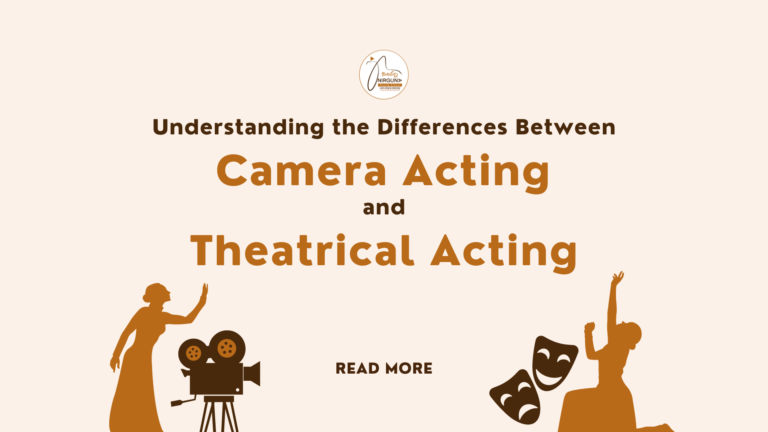In the world of acting, the ability to touch and feel objects authentically is a skill that can elevate a performance from good to extraordinary. It’s not just about pretending; it’s about fully immersing yourself in the character’s world and conveying their emotions convincingly to the audience. At Nirguna Acting School, we believe that understanding and applying the 9 Rasas of expression is essential in achieving this level of mastery. In this blog post, we will delve into the art of touching and feeling objects in acting while exploring the nine rasas, and we’re excited to announce that admissions are now open for our weekend classes.
The Importance of Touch and Feel in Acting
Acting is all about creating a believable and emotionally charged experience for the audience. While dialogue and facial expressions play significant roles, the sense of touch is equally vital. Actors must convincingly interact with objects in the scene to make the audience suspend their disbelief and become fully engrossed in the story.
Understanding the 9 Rasas
The 9 Rasas, or emotional essences, are the foundation of Indian aesthetics and have been integral to acting in the Indian subcontinent for centuries. They are:
a. Shringara (Love)
b. Hasya (Laughter)
c. Karuna (Sorrow)
d. Raudra (Anger)
e. Veera (Courage)
f. Bhayanaka (Fear)
g. Bibhatsa (Disgust)
h. Adbhuta (Wonder)
i. Shanta (Peace)
Incorporating the Rasas into Touch and Feel
Each rasa represents a distinct emotional state that an actor must convey. To touch and feel objects effectively, an actor needs to understand the emotional context of the scene and apply the appropriate rasa:
Love (Shringara): Express tender emotions when touching objects associated with affection or romance.
Laughter (Hasya): Use a light and playful touch when handling props that evoke humor.
Sorrow (Karuna): Infuse a sense of melancholy and tenderness when interacting with objects related to sadness or loss.
Anger (Raudra): Show intensity and aggression in your touch when portraying anger.
Courage (Veera): Exude confidence and strength in your handling of objects to convey bravery.
Fear (Bhayanaka): Use trembling and cautious touches to depict fear or anxiety.
Disgust (Bibhatsa): Convey repulsion and discomfort through your tactile interactions.
Wonder (Adbhuta): Show awe and amazement when encountering extraordinary objects.
Peace (Shanta): Radiate tranquility and serenity in your touch when representing calm scenes.
Admissions Open for Weekend Classes
At Nirguna Acting School, we are committed to nurturing talent and helping actors hone their craft. If you’re passionate about acting and want to master the art of touch and feel, our weekend classes are the perfect opportunity. Our experienced instructors will guide you through the intricacies of acting, including incorporating the 9 Rasas into your performances.
Conclusion
Touch and feel are fundamental aspects of acting that can make your performances truly memorable. By understanding and applying the 9 Rasas of expression, actors can connect with objects on a deeper level and convey emotions convincingly to the audience. If you’re ready to embark on a journey of self-discovery and artistic expression, join us at Nirguna Acting School for our weekend classes, where you’ll learn to touch and feel your way to excellence in acting. Don’t miss this opportunity to unlock your full potential as an actor!





